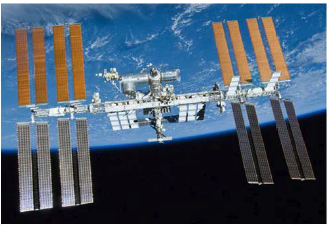Author(s): Sarah Welch; Gregory Hogan; Delphine Cerutti-Maori; Simon Garrington; Robert Morrison; Matern Otten; Cees Bassa; Nick Pallecaros; Philip van Dorp; Paul Harrison; Tonino Pisanu; Marco Martorella
|
The most significant challenge to maintaining Space Situational Awareness (SSA) at Geosynchronous Earth Orbit (GEO) with radar is loss of sensitivity due to extreme distance, which is 36,000 km to the GEO belt. Solutions for increasing the sensitivity of a monostatic radar include increasing the transmit power, building a larger aperture, or reducing the system temperature of the sensor.
Citation:
ABSTRACT
Radar detection and tracking of resident space objects in Geosynchronous Earth Orbit (GEO) is challenging due to the loss in sensitivity at the extreme distance of 36,000 km and because of the proliferation of small satellites with decreased radar cross section. One option to increase sensitivity of existing monostatic radar sensors is to employ large aperture radio telescopes configured as bistatic receivers. Moreover, multiple receivers would enable a multi-bistatic configuration with additional performance improvement in terms of both detection and tracking. In this paper we report on long baseline bistatic measurements using the Millstone Hill Radar (MHR) in the USA and the Tracking and Imaging Radar (TIRA) in Germany as transmitters and a number of receivers in Europe: the Sardinia Radio Telescope (SRT) in Italy, the Westerbork Synthesis Radio Telescope (WSRT) in the Netherlands, and multiple antennas of the e-MERLIN array in the United Kingdom. The work presented in this paper has been carried out as part of the Program of Work of the SET-293 Research Task Group (RTG).


